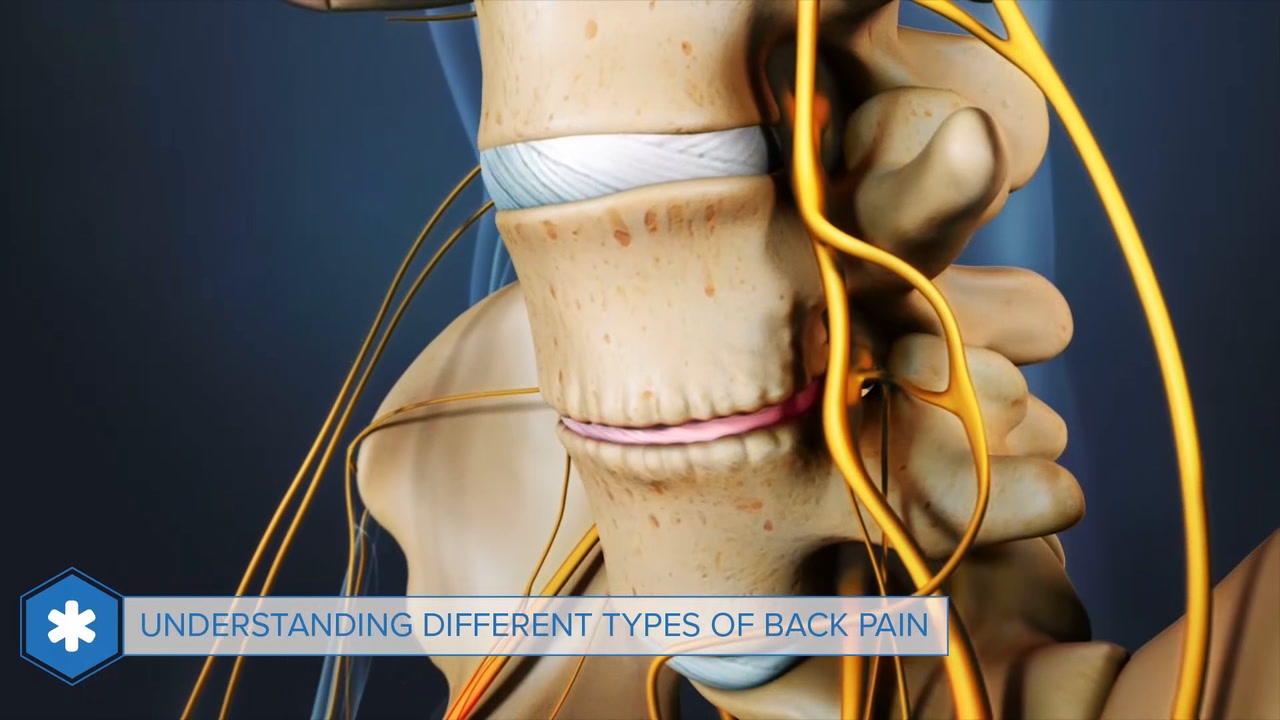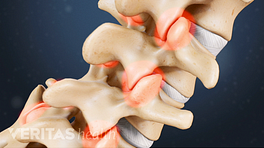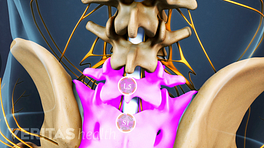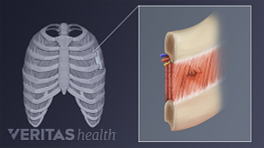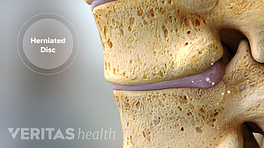Back pain can be difficult to both diagnose and treat. There are numerous possible causes of back pain, and there is a wide range of treatments that may or may not work for the same condition.
Back pain is a complicated, personal experience. The intensity of back pain is different for every person. For example, one person may have a herniated disc and experience no pain, and another individual may have a simple muscle strain that causes excruciating pain.
Also, with some back conditions, your pain can flare up and then quickly subside, only to come back even worse after a few weeks or months. Because only you know your level of pain, your treatment will likely be more successful if you proactively participate in making decisions about your medical care.
Problems with numerous structures in your back can cause pain. While the anatomical structure of your spine is truly a marvel of nature, many interconnected structures in your spine are capable of causing back pain. Moreover, your spine is prone to injury because it is subject to many strong forces like twisting, sudden jolts, and daily stresses, such as excessive sitting and poor posture. Common anatomical causes of back pain include:
The large nerve roots that travel to your legs and arms may be irritated. The large paired back muscles that support the spine may be strained. And any of the bones, ligaments, or joints throughout your spine may be damaged.
The underlying cause of pain can be hard to identify. There is significant overlap of nerve supply to most of the anatomical structures in your spine, which makes it hard for your brain to distinguish between injury to one structure versus another.
For this reason, your physician will often begin the process of identifying the source of your pain by taking a thorough medical history and conducting a physical exam. He or she will also discuss your symptoms with you and your doctor may conduct diagnostic tests, such as an X-ray or MRI scan.
Knowing how to describe your pain is important. Accurately describing the type of pain you're experiencing and identifying the area of distribution of your pain can help your doctor determine the cause of your pain. Common classifications of back pain include:
Axial pain. Also called mechanical pain, axial pain may be described in a number of ways, such as sharp or dull. A muscle strain is a common cause of axial pain.
Referred pain. Often characterized as dull and achy, referred pain tends to move around and vary in intensity. Degenerative disc disease in your lower back may cause referred pain to your hips and posterior thighs.
Radicular pain. Typically described as deep and searing pain, radicular pain follows the path of a nerve into your arm or leg and may be accompanied by numbness or weakness. This type of pain is caused by conditions that compress a spinal root like a herniated disc or spinal stenosis.
Your back pain is real even if no anatomical cause is found. Even after numerous tests, there may be no obvious anatomical cause of your back pain. If this is the case, your pain still needs to be treated and there are a variety of nonsurgical options that can help alleviate or manage your pain.
Also, factors such as depression and sleeplessness, can make your pain worse and so these factors need to be addressed as part of a comprehensive treatment plan.
Remember that participating in the decision-making process about your medical care can help you have a better outcome, and with this new understanding of your back pain you are better equipped to be part of this process. Thanks for watching and until next time, stay healthy!
